Interview: Herschel Supply Co’s Co-Founder Jamie Cormack
From opening a first-ever NYC store to reinventing the classics with consumer input

Since its inception in 2009, Vancouver-based Herschel Supply Co has designed a coveted, easily recognizable range of travel bags, backpacks and accessories. With the onset of the pandemic, more than a decade after their debut, the brand decided to redesign every single silhouette in their roster—with sustainability, finesse and future-forward fabrication at the core. More than 70 classic products, in various colors, were updated and upgraded. Coupled with the opening of Herschel‘s first-ever NYC store, the brand is reinforcing their identity for the future. To learn more, we spoke with co-founder Jamie Cormack about their push into travel gear, the enduring power of NYC and more.

Let’s talk a bit about Herschel’s journey. We are really interested in where the brand is going—but we do think it’s important to nod to your past.
We always talk about having a good foundation to build off of. During COVID, we were told not to go out and to stay home. It was a tough time for us. We do best when we go out our front door, travel the globe, go back to school, be active. But this was the first time in our lives that we probably slowed down enough to look back at our origin story. The interesting part was just prior to COVID, we had a 10 year anniversary. We had already been pulling all the old archives, and really taking some time to reflect on them and where we had been. Then COVID hit.
You need to make sure your brand means something, that you know your label and your product stand for something.
Jamie Cormack
As we were coming out of it, it was interesting for us because it was one of those moments where we thought “hey, let’s let’s go back to the very beginning and reintroduce ourselves.” We actually decided to refresh our origin story. We wanted to redo our “about,” and go back to what Herschel means. It’s fun to tell that story because I don’t know if we did the best job of telling it 13 or 14 years ago. We haven’t really ever done anything like that before because, especially over the last five years, we were so busy just keeping up with everything going on. It was nice to pause, to go back and reintroduce the brand. We don’t do that enough. We just assume that people know. You need to make sure your brand means something, that you know your label and your product stand for something.

How did you do that? You live with this story every day—how do you step back from it and say, “Hey, wait, maybe we need to revise how we’re talking about it.”
I’m a pretty practical person and I love founder stories. Everyone loves a founder story because there are ups and there are downs; it’s super-big wins and momentum. But there are also a lot of hills to climb and a lot of big, big steps back. For me, it was like let’s veer upward from the founder story and just talk about mindset and the real feeling of why it is named Herschel—so people can understand it when they say it. I want people to know what that white woven labels stands for.

Can you share some of this with us?
Herschel [is a place]—my great grandfather homesteaded there, my grandpa was born there. My dad was born there. My mom was born 10 kilometers from there. We still have tons of family (there). So I went back there with four individuals, a photographer and videographer to capture it. My uncle was there. My dad ended up driving out for the day. You know, it’s just one of those things going back home looking at all the stuff. It’s just fun to get together. Every single person we’ve brought out in a big Herschel van from Vancouver. It’s just funny how many people stopped to talk with us that we almost couldn’t get any work done.
How does this align with the redesign?
When you’re first designing, you’re trying to get everything done at such a crazy pace. This time, we actually looked at ourselves. We always look to the past to try to move forward. We started with this idea of the classics with a modern twist, right? I’ve always respected what’s been done in the past and I really wanted since day one to be a classic brand—and a brand that had style, that had quality, that had purpose but truly would be timeless.
We’ve since talked a lot about sustainability and impact. We knew that was going to be our journey for Herschel, but it’s hard to make changes on products. We just had to take the handcuffs off and look at the entire image. And we had to do that with sustainability at the forefront. So we looked at every single one of our silhouettes. And of course everybody in the company got super-excited about that. But I don’t think we knew how heavy the lift that was going to be.

How have you addressed sustainability?
We came from being about 6% recycled fabrications, now up to 95%. To have that big of a switchover, in one season, that’s huge. It’s just the right thing to do. And, we started the entire impact department to really look at every single aspect of our footprint globally.
Can you share more with us about the new classic designs?
We got a modernized feature set. We got a better bag overall—we have a bag that’s built for the future. As far as fabrication, it just looks and feels better. There weren’t a ton of tweaks. Our biggest pain-point was that it would have been easier if we didn’t have to have our bags look so familiar to how they were. We didn’t want to pay homage to what we call our classics. Our biggest thing was that from across the block, you would look at it and it would all look familiar, although the lines might be slightly different. We can modernize it by colorblocking. We can make it a little bit more efficient, just by looking at every component—like the way zippers work, just so you can have the right action. Every single detail, I was like, we need to redesign.

Why keep the visual impact so similar?
We know who we are and we know who we’re not. I think that when we started the brand we wanted to make sure we were democratic. There was nobody out there that was telling that story. Most people talk about their bags or their accessories, they talk about the product. They didn’t talk about why that company did it. They didn’t get people to love the brand, they got them to love the product. Of course, I want people to love our product, but I also want them to love our brand and I want it to be democratic. I want it to be good design. I want it to be classic design. I want it to feel timeless. And when I say timeless, a lot of people might think well that’s boring, but no—within that there’s so much innovation. We do that through the people we work with, the artists we work with, the collaborations we do with them, the new categories we bring to market. I hope people can see that.

What are your thoughts on travel bags?
I always say that our luggage has to be perfect—it has to feel like a new handbag. You always want people to want to carry it with them all the time. If you can do that, it just has to feel like part of you, like it can be easy. You shouldn’t have to think about it. It also has to have a bit of a personality.
Do feel a personal connection with NYC?
l love New York, but I also love Vancouver. New York is one of those cities where I just about ended up. I was 21, on an internship for Sony BMG, and I think I probably would have never left after a few months but I think it would have turned into something different. You know, it’s one of those cities that grabs you and tries not to let you get out.

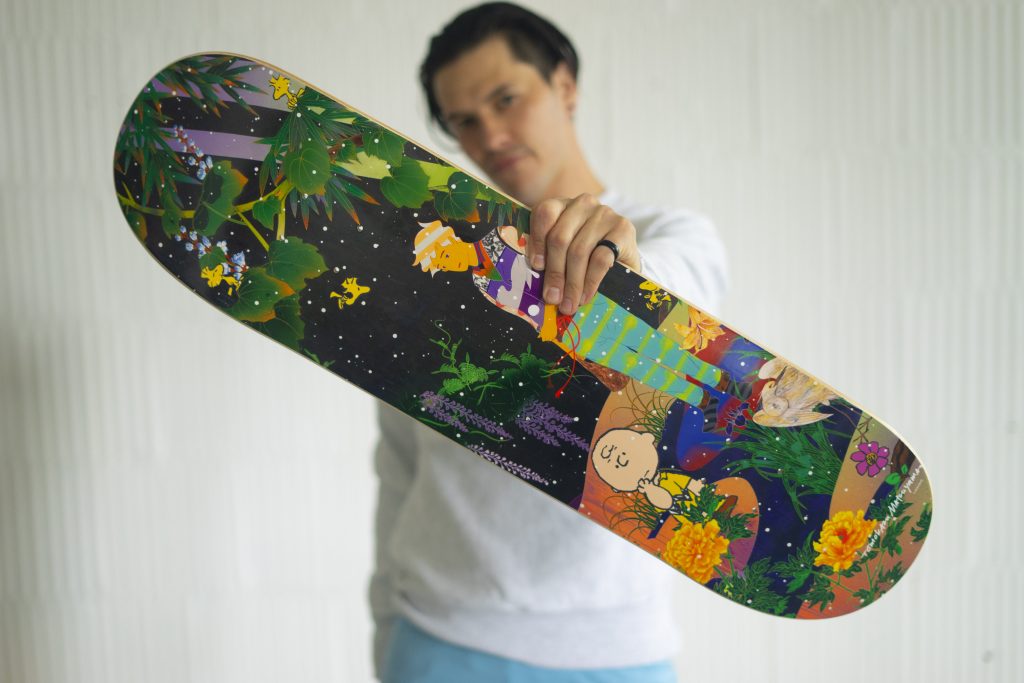


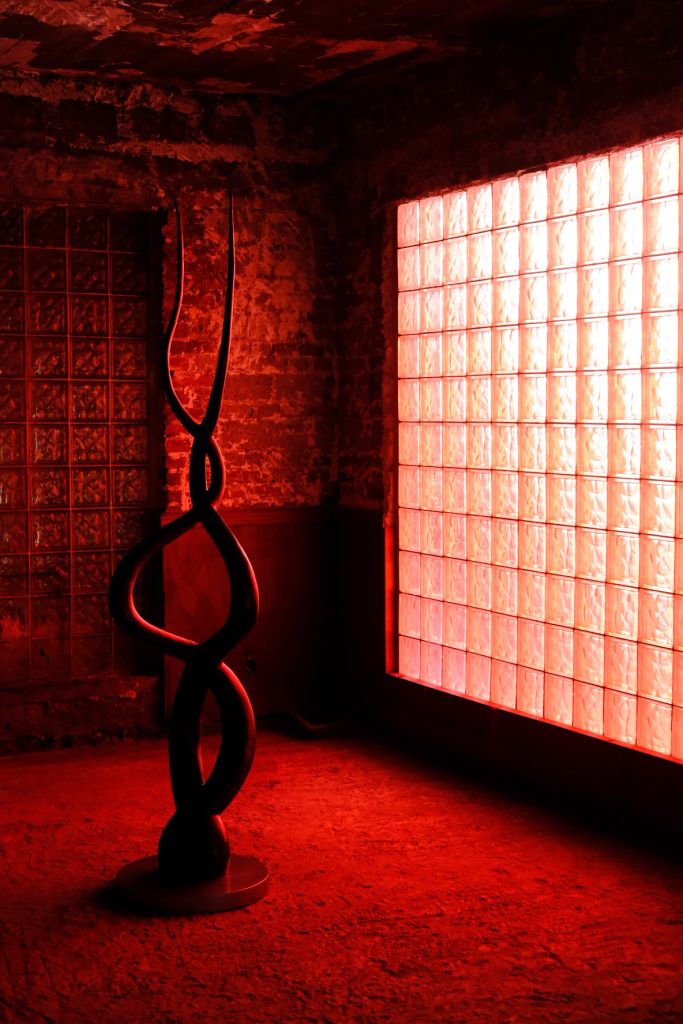
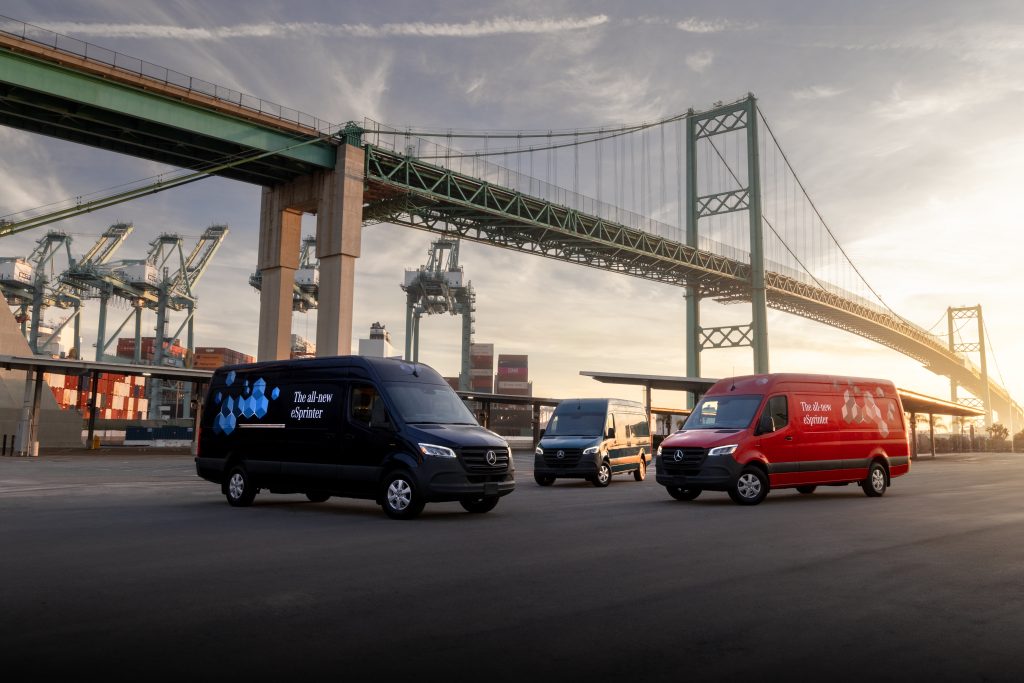
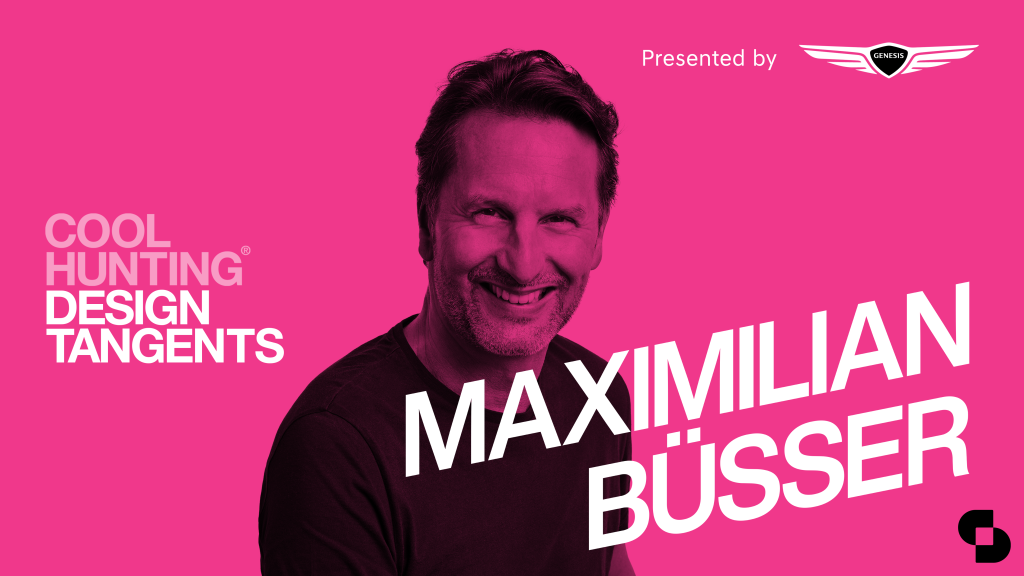

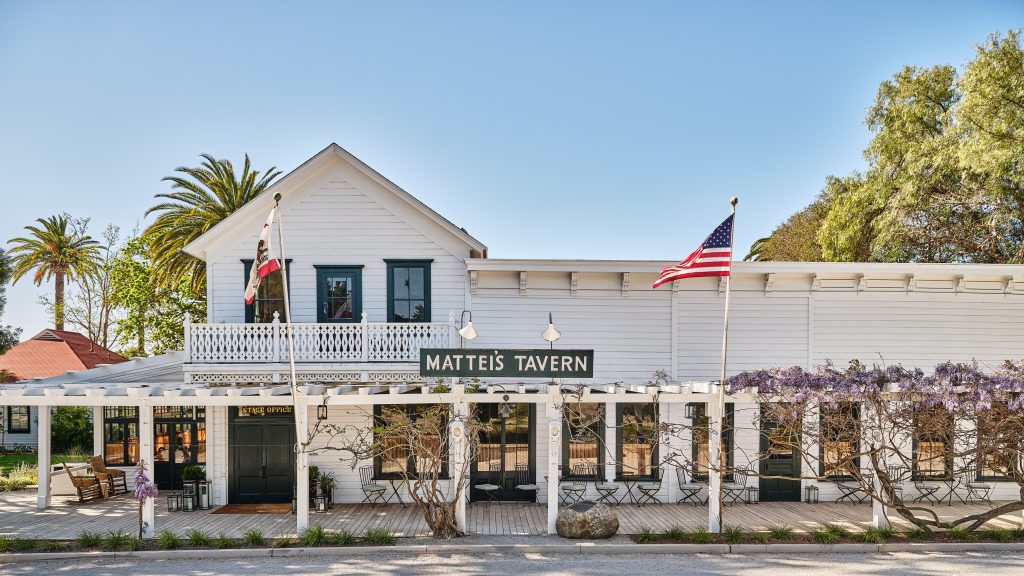
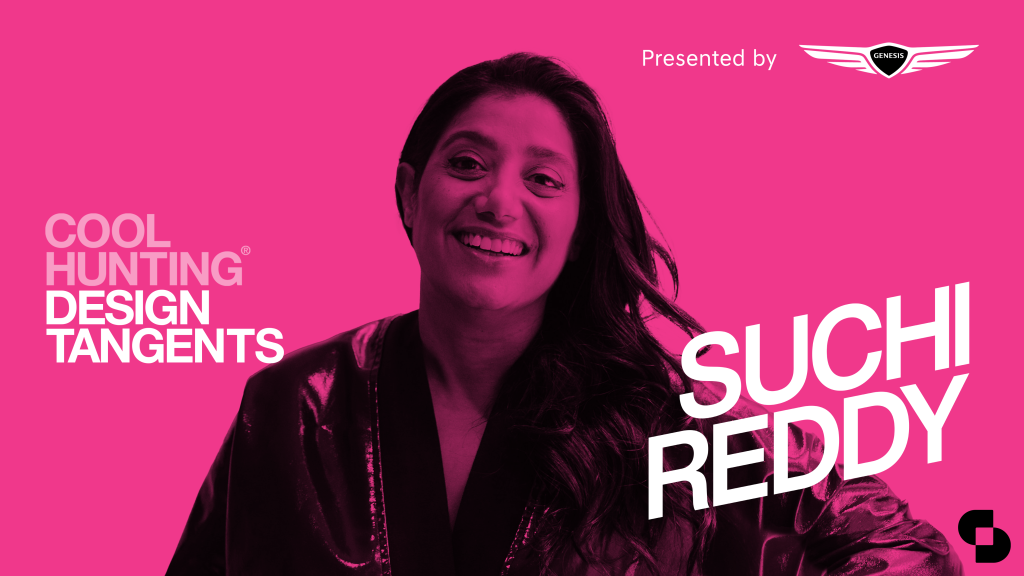

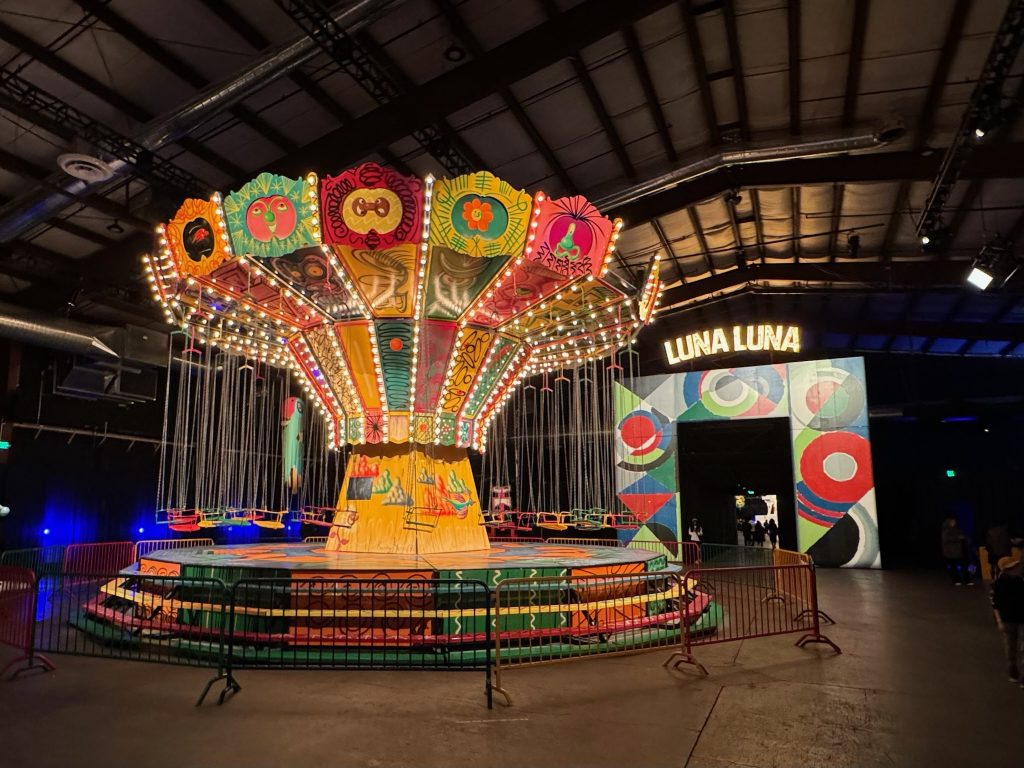
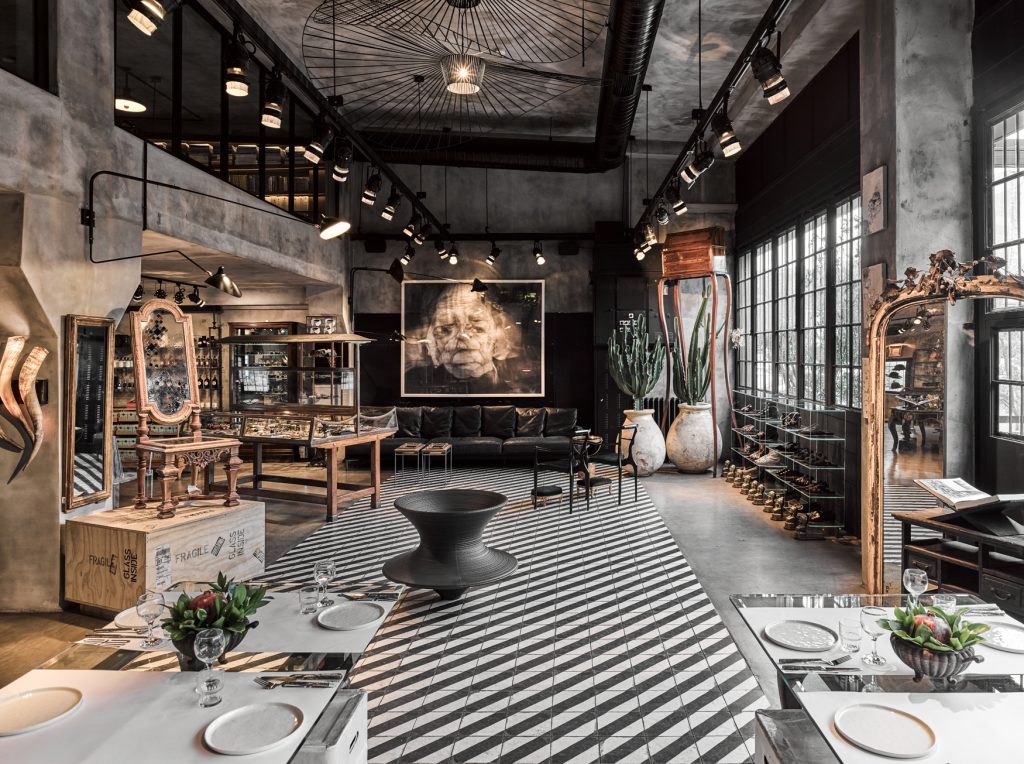
What are your thoughts?